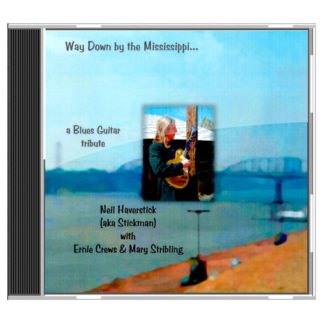Hey all…this email means a lot to me…my friend Matt Ostrowski has not only helped me finish my new book, “Hopelessly Microtonal,” but he’s totally redone my website, adding many new features, including the ability to sell my books and CD’s directly from the site, anywhere in the world. It also looks much more professional now as well, plz take a look. He’s also made it possible to email everybody on my list with one little click, so now I don’t have to type everybody’s name in one at a time anymore…yippee. Computer expertise is not part of what I do, so many thnx to Matt. He creates websites for a living, and you won’t find anyone better or more professional…he’s at precisionpages.com.

I’m taking this opportunity to once more let people know about the book, which is about my unique instrument collection. I have guitars in tuning systems of 12, 19, 22, 24, 31, 34, and 36 notes to the octave, as well fretless guitars and banjo, Ouds, and a Turkish Saz. There are pics of all the instruments; a brief history of what tuning is all about; neck graphs that illustrate the spacing of the frets in the different systems so you can see how they compare; information on the guitar companies, and the luthiers that do my work; and many musical anecdotes from my career, including a story of how I met legendary studio guitarist Tommy Tedesco in 1982, and the impact he had on my life. I think it’s a fun book, as well as educational. It came out really well, now on to the next project or three.
I also want to let you know of some great shows coming up in 2019…
December 31…(ok, 2018) I’ll be zookeeper for a Swallow Hill Instrument Petting Zoo at the Children’s Museum, from 9-4. It’s called Noon Years Eve, and I bring a bunch of different instruments for kids to play/bang on (adults too). I’ve done a lot of these the last couple of years, and they’re a lotta fun…come on down and see.
January 8…I’ll be live on KGNU’s Kabaret show, from 7-8 PM, talking about the book and playing a number of different instruments. I’ve been on here numerous times in the past; they do a superb job with the sound, and I’ll get a CD quality recording of the show…hope you can tune in.
January 29…I’ll be with the Bill Hill Quintet at Dazzle, early show, probably 6:30. Bill is the long time timpanist with the Colorado Symphony, which is where we met years ago. He’s also a helluva drummer/percussionist, and a great composer. His new CD “The Raven” is his 4th Symphony, and is based off of the E.A.Poe poem. It’s a masterpiece, check it out. Bill writes some challenging charts for the Quintet, and it’s a remarkable band indeed…we’ve sold Dazzle out the last couple of times, a great room.
February 10th… at Rockley’s Music, on West Colfax, again with Bill, another early show (great for certain old folks). We’ll also be doing an improvisation clinic with some high school students before the show. Everybody in the band has been teaching for years, so this is a natural for us. It’s a nice sounding hall, and Rockley’s is a longtime Colorado institution.
I’m also going to start writing a blog…I’ve actually done more writing the last few years than composing, and I plan to continue that. But, I do have a new CD that’s been sitting here for a couple of years, and plan on putting that out soon (“Radio Waves”). A sci fi memoir is in the works…I’ve had a rather interesting and unusual life this time around, and am already sketching it out…you’ll be the first to know. At 67, one tends to look back a bit, and it’s been quite a ride…it still is. I wish to thank all the people that have supported my artistic vision over the years…more to come I assure you…all best in 2019 and beyond…Hstick



